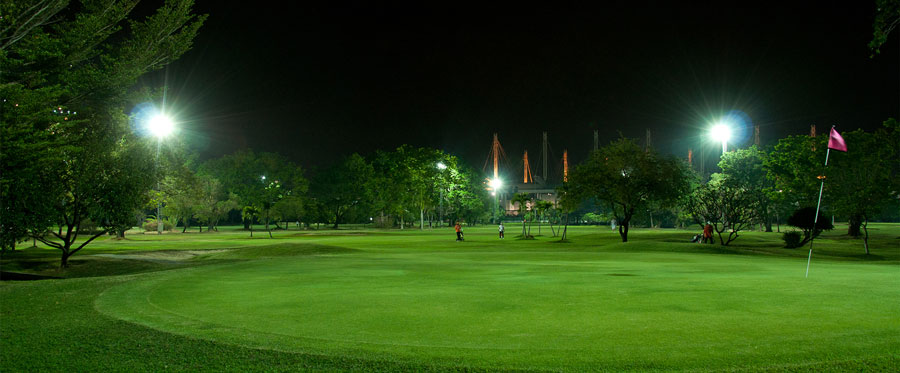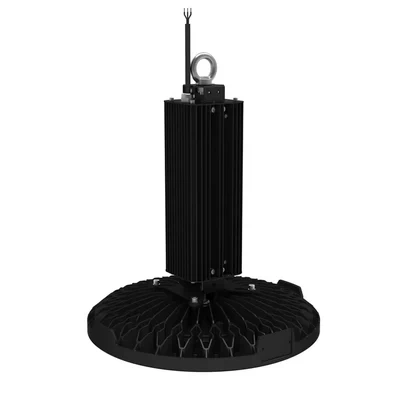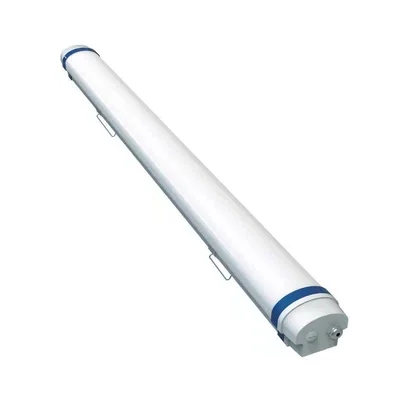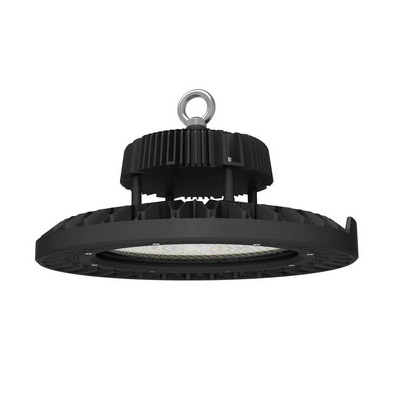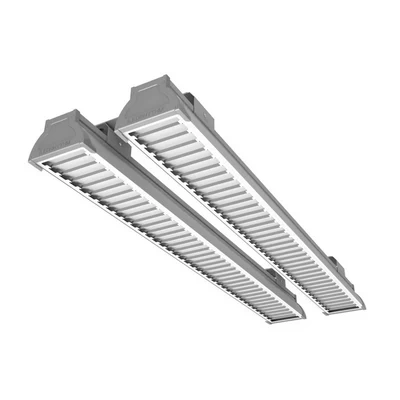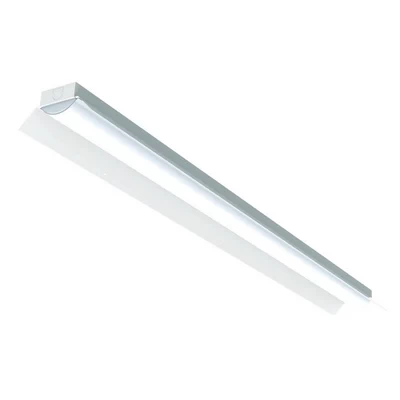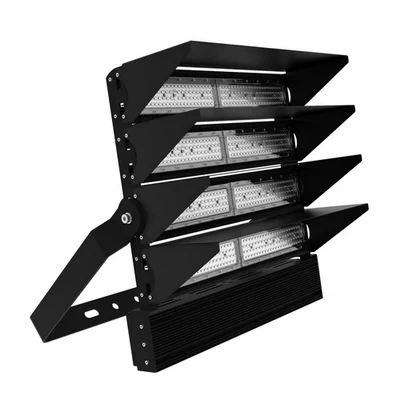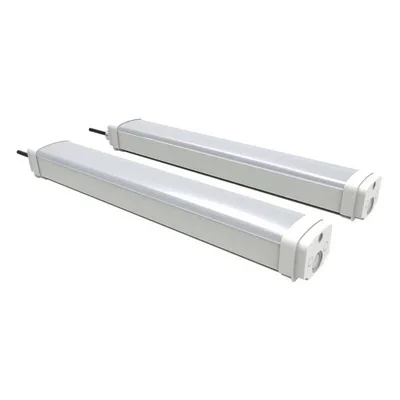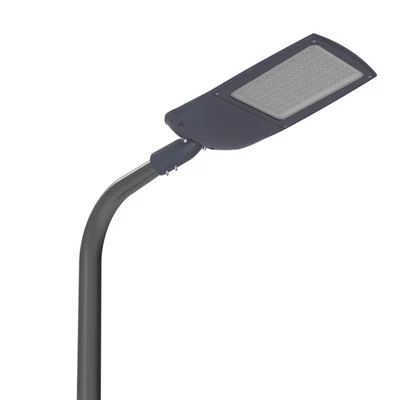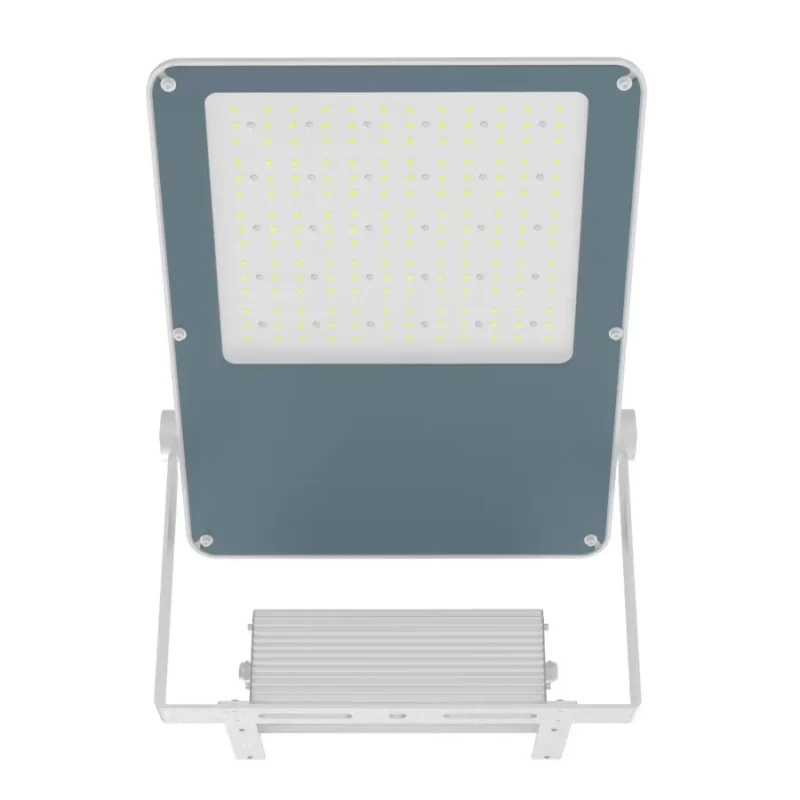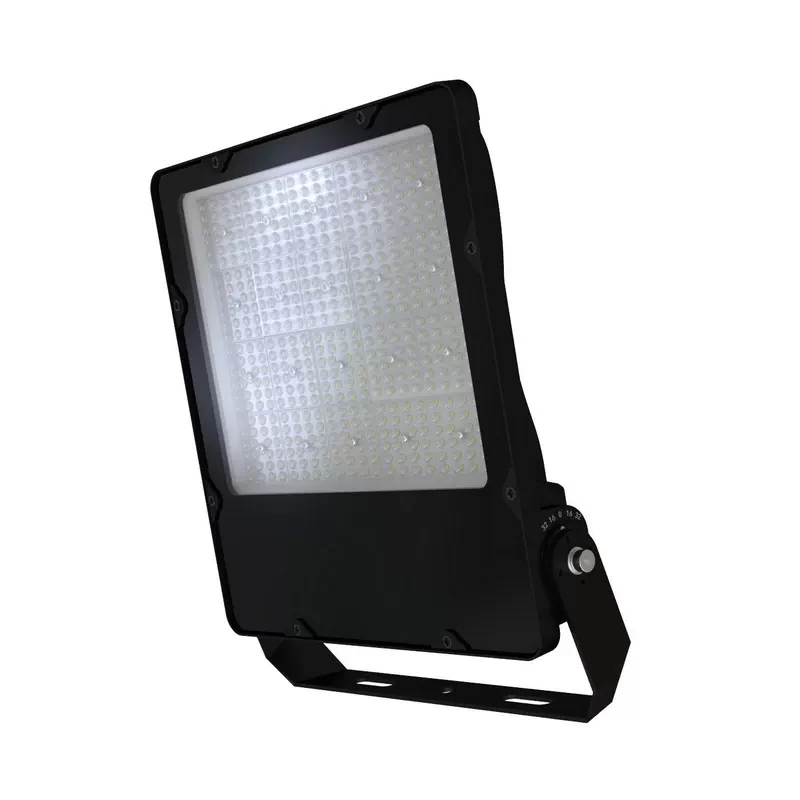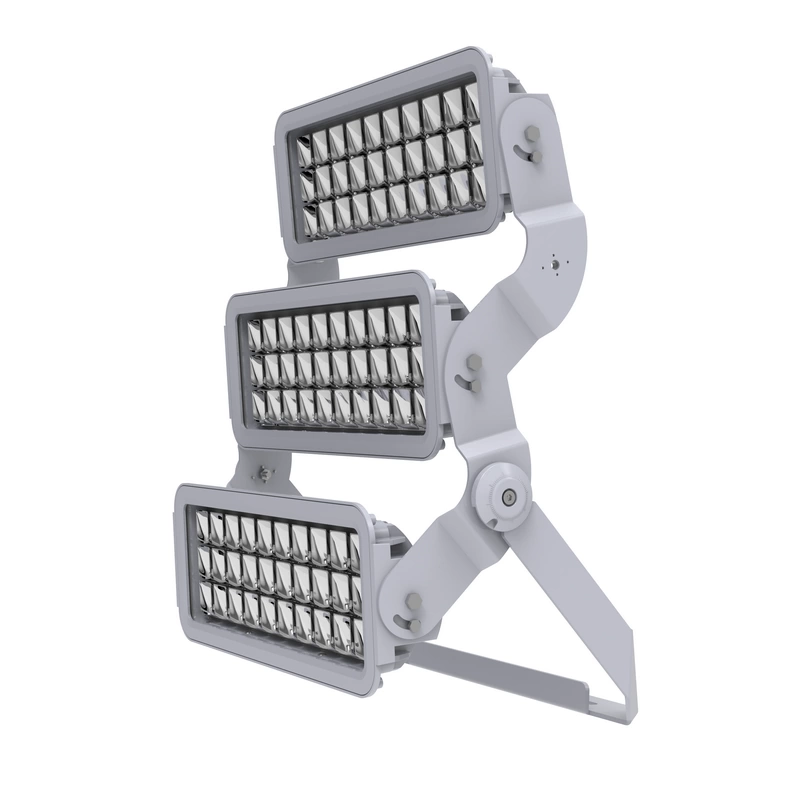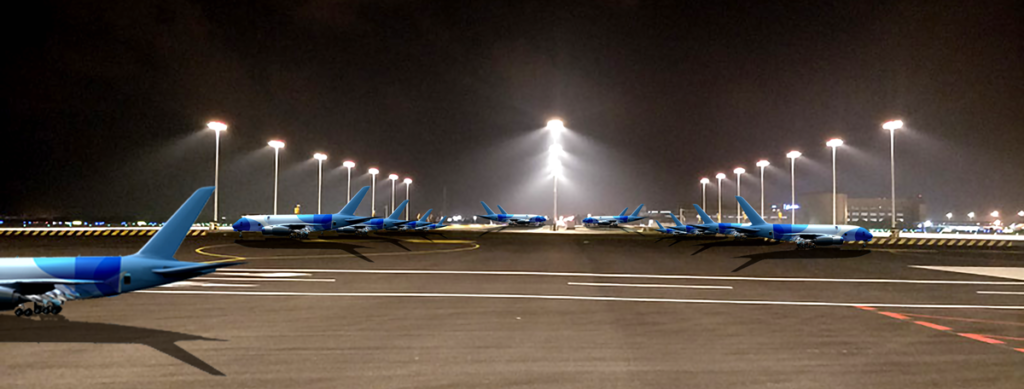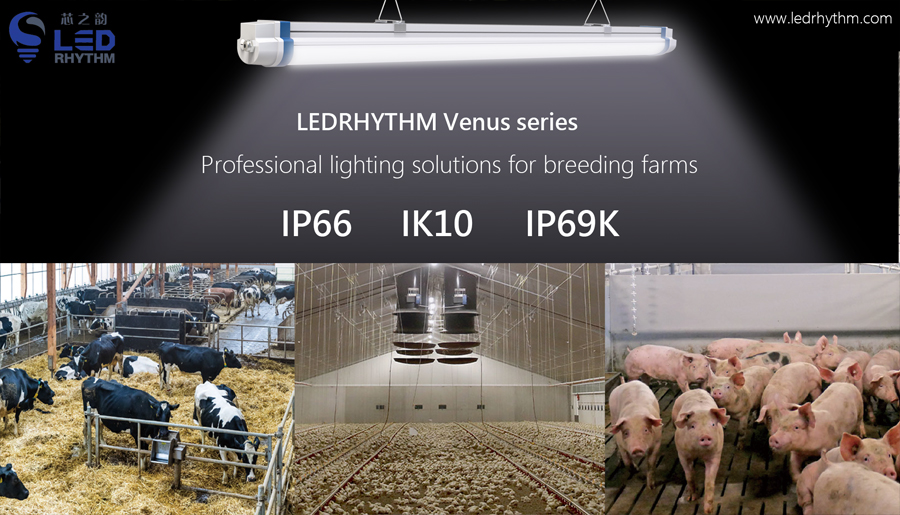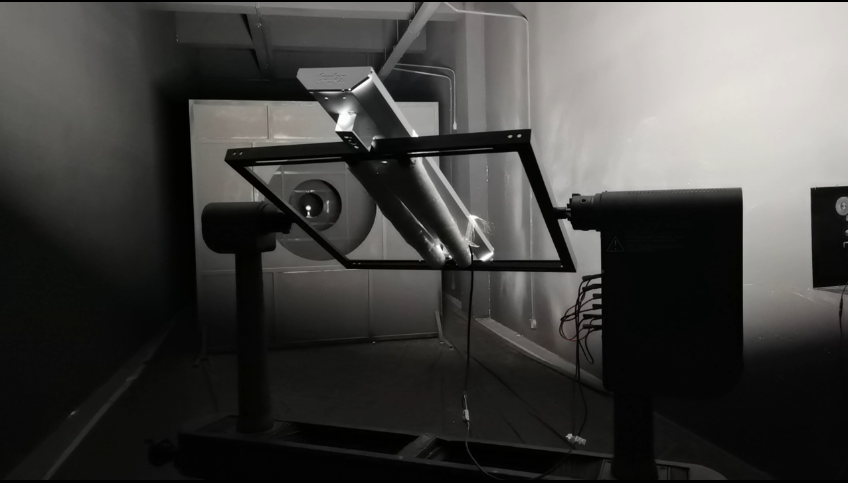LED Light Project for Sport: Comprehensive Guide to LED Sports Lighting for Industrial Facilities
Introduction: The Role of LED Sports Lighting in Modern Sports Facilities
Lighting plays a crucial role in sports facilities, enabling activities to continue beyond daylight hours. Sport light is not just about visibility; it impacts performance, safety, and the overall experience of athletes and spectators alike. With the growing popularity of evening and night-time sporting events, the demand for efficient and powerful LED sports lights has surged. This article delves into the significance of LED sports lighting in industrial and commercial sports facilities, exploring the benefits, types, and design considerations of LED sports lighting systems.
The Importance of Sports Lighting for Industrial Facilities
Modern industrial sports facilities cater to a wide range of activities, from recreational games to large-scale competitive events. To meet these diverse needs, facilities require specialized sports lighting fixtures that ensure optimal visibility and safety. The use of LED sports lights in these environments has become increasingly common due to their superior performance and energy efficiency.
Benefits of LED Sports Lighting
One of the primary reasons for the adoption of LED sport lighting is its environmental and economic benefits. LED sports field lighting consumes significantly less energy than traditional lighting systems, reducing operating costs and minimizing the environmental impact. Additionally, LED sports lights have a longer lifespan, reducing maintenance needs and the frequency of bulb replacements.
LED sports lighting fixtures also offer better light distribution and color rendering, enhancing visibility for both players and spectators. Whether it's outdoor sports lighting for a football field or indoor stadium lighting for basketball courts, LED lights provide consistent, high-quality illumination that meets the demands of professional sports environments.
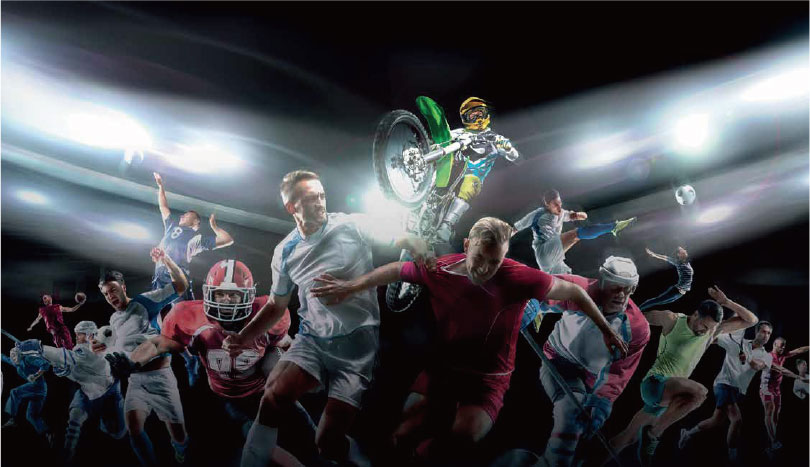
Evening or Night-Time Sporting Activities: The Need for Artificial Lighting
The demand for outdoor sports field lighting has grown as more people engage in sports during the evening or night. Artificial lighting, particularly LED sports lights, allows sports facilities to extend their hours of operation, accommodating the schedules of working professionals and increasing the number of events a facility can host.
LED sports lighting ensures that athletes can perform at their best, even in low-light conditions. It also enhances the viewing experience for spectators, both in-person and on television. High-quality stadium lighting is essential for capturing the action in detail, ensuring that broadcasts are clear and engaging.
Key Considerations for LED Sports Lighting Design
Designing an effective sports lighting system involves several factors, including illuminance, uniformity, glare control, and color rendering. These parameters must be carefully balanced to create an optimal lighting environment for athletes, referees, and spectators.
Illuminance and Uniformity
Illuminance refers to the amount of light that falls on a surface, measured in lux. For sports facilities, the required lux levels vary depending on the size of the field and the type of sport being played. For example, football fields typically require lux levels between 250 and 800 for regular play, while television broadcasts demand higher levels, ranging from 1000 to 1500 lux.
Uniformity of illuminance is equally important, as uneven lighting can create areas of shadow and glare, distracting players and diminishing the spectator experience. LED sports lighting systems are designed to provide consistent light distribution across the entire field, ensuring that every corner is equally illuminated.
Glare Control
Glare can be a significant issue in sports lighting, particularly in stadium lighting where powerful lights are needed to cover large areas. Excessive glare can impair the vision of athletes and referees, leading to mistakes and potential safety hazards. To mitigate this, LED sports lights are equipped with advanced optics that minimize glare while maintaining high illuminance levels.
Color Rendering
Color rendering is crucial for both athletes and spectators, as it affects the visibility of objects and players on the field. LED sports lighting fixtures offer excellent color rendering, ensuring that the colors of team uniforms, balls, and markings are clearly visible under artificial light. This is especially important for televised events, where accurate color reproduction is essential for high-quality broadcasts.
Types of LED Sports Lighting for Industrial Facilities
There are various types of LED sports lights available, each designed to meet the specific needs of different sports and facilities. Below are some of the most common types of LED sports lighting used in industrial settings:
Stadium Lighting
Stadium lighting systems are designed to illuminate large sports venues, such as football fields, baseball diamonds, and soccer pitches. These systems use powerful stadium LED lights that can project light over long distances, ensuring that every part of the field is well-lit. LED stadium lighting is also highly customizable, allowing facility managers to adjust the brightness and coverage area to suit different events.
Sports Field Lights
Sports field lights are used to illuminate smaller outdoor sports fields, such as those used for tennis, basketball, and volleyball. These lights are typically mounted on poles around the perimeter of the field and can be adjusted to provide the desired level of illuminance. LED sports field lighting is energy-efficient and provides excellent uniformity, making it ideal for both recreational and competitive sports.
Sports Flood Lights
Sports floodlights are versatile lighting fixtures used in both indoor and outdoor sports facilities. They are designed to provide wide coverage, making them suitable for lighting large areas such as playing fields, courts, and arenas. LED sports floodlights are available in various wattages and beam angles, allowing for precise control over light distribution.
Indoor Sports Lighting
LED indoor sports lighting is specifically designed for indoor arenas and gymnasiums. These lights are typically installed in the ceiling and provide bright, even illumination for sports like basketball, volleyball, and gymnastics. Indoor stadium lighting systems must be carefully designed to avoid glare and shadows, ensuring that athletes can perform at their best.
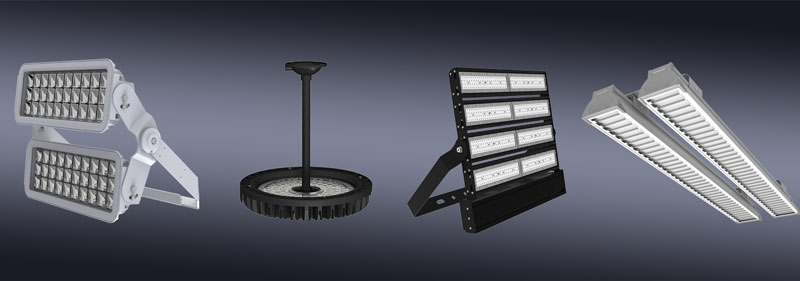
The Cost and Efficiency of LED Sports Lighting
When considering the installation of LED sports lights in an industrial facility, cost and efficiency are major factors. While LED stadium lights may have a higher initial cost compared to traditional lighting systems, their long-term benefits far outweigh the upfront investment.
LED sports lighting is more energy-efficient, consuming up to 70% less power than conventional lighting systems. This reduction in energy usage translates into significant cost savings over time, particularly for facilities that operate their lights for extended periods.
In addition to energy savings, LED sports lights have a longer lifespan, typically lasting 50,000 to 100,000 hours. This longevity reduces the frequency of replacements and maintenance, further lowering operational costs. Moreover, the durability of LED sports lighting fixtures makes them ideal for outdoor use, where they are exposed to harsh weather conditions.
Sports Lighting Design: Ensuring Optimal Performance
Designing a sports lighting system for an industrial facility requires careful planning and consideration of various factors. The goal is to create a lighting environment that enhances athletic performance, provides a comfortable viewing experience for spectators, and meets the technical requirements for television broadcasts.
Field Lighting Design
The design of field lighting is critical for ensuring that the entire playing area is evenly illuminated. This involves determining the correct placement of lights, selecting the appropriate wattage, and choosing the right beam angles. LED sports field lights are often used in conjunction with computer-aided design (CAD) software to simulate different lighting scenarios and optimize the final layout.
Stadium Lighting Design
Stadium lighting design is more complex due to the larger scale of the venue and the higher lux levels required. The design process typically involves multiple photometric calculations to determine the ideal positioning and configuration of stadium LED lights. These calculations take into account factors such as the height of the light poles, the distance between fixtures, and the angle of illumination.
Glare and Shadow Management
Managing glare and shadows is a crucial aspect of sports lighting design. Glare can be minimized by using lights with precise beam control and by carefully positioning the fixtures to avoid direct lines of sight between the lights and the athletes' eyes. Shadows can be reduced by ensuring even light distribution and by using multiple light sources to eliminate dark spots on the field.
Conclusion: The Future of LED Sports Lighting in Industrial Facilities
The adoption of LED sports lighting in industrial facilities represents a significant advancement in the field of sports lighting. The benefits of LED sports lights—including energy efficiency, long lifespan, and superior light quality—make them the ideal choice for modern sports venues.
As technology continues to evolve, we can expect further improvements in LED sports lighting systems, including increased customization options, better glare control, and even more energy savings. For industrial facilities looking to upgrade their sports lighting, LED lights offer a future-proof solution that meets the demands of today's athletes and spectators while also contributing to a more sustainable environment.
In conclusion, the shift to LED sports lighting is not just a trend but a necessary step towards creating safer, more efficient, and more enjoyable sports environments. Whether for large stadiums or smaller sports fields, LED sports lights provide the perfect balance of performance, durability, and cost-effectiveness, making them the preferred choice for industrial sports facilities worldwide.
